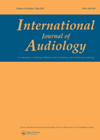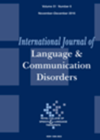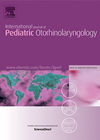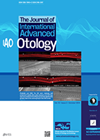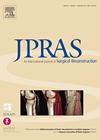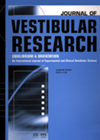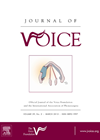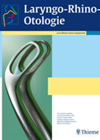
Journal Reviews archive for 2015
Hearing protection and hearing loss
This study examined the interaction of hearing protection for noise reduction and hearing loss with speech recognition performance. Forty five subjects with four hearing loss profiles were fitted with two different level dependent hearing protectors (circumaural and inserts) in two...
Hearing protectors and speech perception
This study tested 31 subjects using hearing protectors by maintaining a constant intensity level for the speech signal while varying background noise levels. The goal was to use this test to detect speech perceptual abilities under different hearing protectors –...
Relationship between ART and language development
Assisted Reproduction Technology (ART) and especially more invasive techniques of ART may be associated with an increase in neurodevelopmental problems including language delay. Some studies have reported slightly worse perinatal outcomes of IVF babies compared to naturally conceived babies. The...
Specific language impairment in bilingual vs monolingual children
Research has focused mainly on the specific language impairment (SLI) in monolingual children. This article focuses attention on the SLI in bilingual children. The study was conducted with bilingual children from Luxembourg and monolingual children from Portugal who all had...
Bone anchored hearing devices in very young children
This paper presents results of BC devices in very young children and helps inform an honest discussion of risks / benefit with prospective parents. The authors of this article from Starship Children’s Hospital, Auckland, New Zealand have a series of...
Noise’s effect on ageing memory
Working memory is used everyday by individuals of all ages. The authors of this study sought to compare the effect of background noise on the memory of either young adults or middle aged adults. They did this by recruiting 10...
Treating benign positional paroxysmal vertigo
Benign positional paroxysmal vertigo (BPPV) is one of the most common causes of dizziness. Its treatment is the repositioning of displaced otoliths by the canalith repositioning manoeuvre (CRM). Post manoeuvre restrictions are commonly given to the patient. Their benefit has...
Leptin has no role in idiopathic sudden sensorineural hearing loss
This paper from Turkey claims to be the first study dealing with the relationship between leptin and idiopathic sudden sensorineural hearing loss (ISSHL). I remember leptin being a fashionable topic in obesity research, when leptin deficiency was thought to be...
Surgical indications for infantile haemangiomas
Infantile haemangiomas are embryonal tumours and represent the most common tumour of infancy, with an estimated incidence 4-5%. There is well-described natural history, usually becoming apparent in the first few weeks of life and proliferating rapidly in the first few...
Selective otolith dysfunctions objectively verified
Three cases of patients with acute onset vertigo are presented here. The presenting symptoms are described for each case along with the results of vestibular and audiologic examination. This paper focuses on the results of vHIT in the plane of...
Gardasil vaccination – an effective adjuvant therapy for RRP?
The clinical manifestations of recurrent respiratory papillomatosis (RRP) can vary hugely from individual to individual. Whilst some affected children will outgrow the disease, a subset of patients will experience frequent recurrences and require multiple surgical procedures over the course of...
Inpatients versus Outpatient: septoplasty cost analysis in Germany
Although the vast majority of septoplasties in the UK are performed as day surgery procedures, the authors of this article highlight the differences in healthcare in Germany. The authors calculated a yearly cost reduction of 180 million euros if the...

